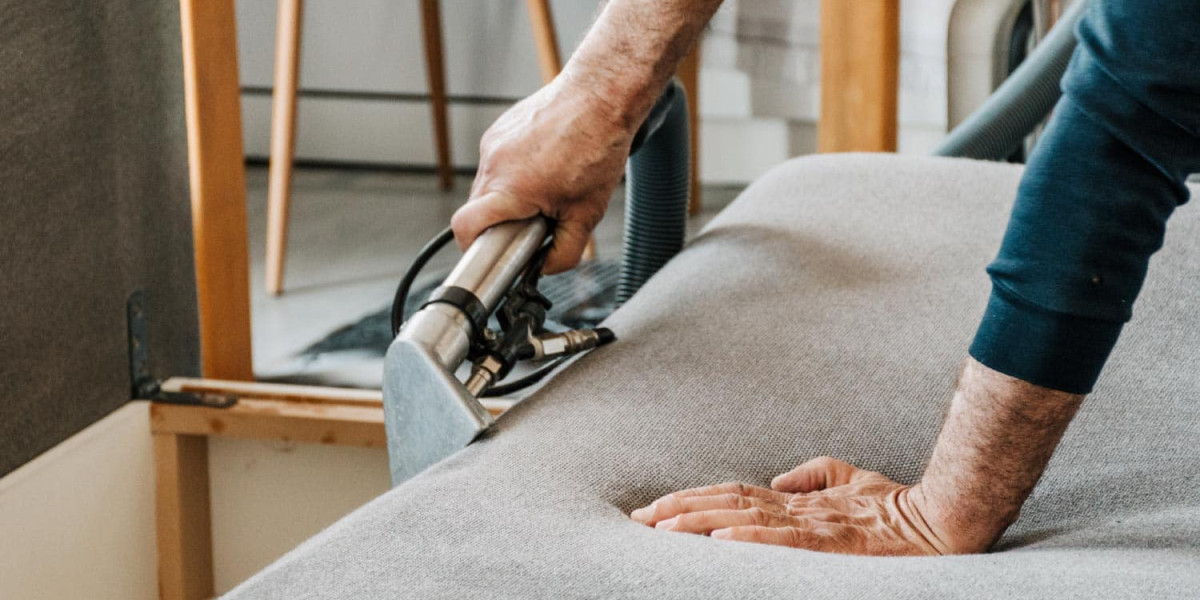A high frequency PCB can meet your needs when incorporating a special signal requirement into your electronic devices and products. These higher transmission frequencies are capable of supporting the faster signal flow rates that are a necessity in today’s increasingly complex electronic switches and other components.
The increasing complexity of electronic components and switches continually requires faster signal flow rates, and thus higher transmission frequencies. Because of short pulse rising times in electronic components, it has also become necessary for high frequency technology to treat conductor widths as an electronic component. Depending on various parameters, high frequency signals are reflected on printed circuit board, meaning that the impedance varies with parameters must be exactly specified, and implemented with the highest level of process control.
Applications of High Frequency PCB
High frequency PCBs are always used in the following applications
- Automotive Radar Systems
- Global Positioning Satellite Antennas
- Cellular Telecommunications Systems – Power Amplifiers and Antennas
- Direct Broadcast Satellites
- E-band Point to Point Microwave Links
- RF Identification (RFID) Tags
- Airborne and Ground Based Radar Systems
- Millimeter Wave Applications
- Missile Guidance Systems
- Space Satellite Transceivers
The demand for high frequency printed circuit board is on the rise in the various industrial vectors. They meet the requirements which traditional PCB fail to deliver efficiently. If you are still skeptical about incorporating high frequency PCBs in your electronics, you can always approach an industry expert in MAD PCB. The company has provided standard, as well as customized high frequency circuit boards to various industries.
How to Select PCB Materials for High Frequency Applications?
The PCB laminate materials you select for your PCB building can be critically important to the overall functionality and lifespan of your final product. When operating frequencies go into the Microwave or even Radio Frequency (RF) regions, your PCB laminate material selection will have a significant impact on the overall loss of the finished PCB after PCB assembly and final assembly. Electrical, thermal, and mechanical properties must all be considered carefully when determining the best suitable material for your high frequency PCB manufacturing.
In high frequency designs, you may find that FR4 sometimes just doesn’t to do the job at some higher frequencies. It’s obvious you select a wrong PCB material. The main concern with FR4 at high frequencies is its relatively high dielectric constant (Dk), which is typically considered to be approximately 4.2. While, FR4 can still act as a suitable laminate material for high frequency PCBs when it comes to a hybrid construction, in which the fabrication is combined with high frequency laminate. At Hitech Circuits, we carry a selection of materials specifically designed to maintain signal integrity in Radio Frequency and Microwave regions.
Materials Used for High Frequency Circuit Boards
High-frequency boards have special demands on the material used:
- Adapted dielectric permittivity
- Low attenuation for efficient signal transmission
- Homogeneous construction with low tolerances in insulation thickness and dielectric constant
For may applications, it is sufficient to use FR-4 material with an appropriate layer buildup. In addition, we process high frequency materials with improved dielectric properties. These have a very low loss factor (Df), a low dielectric constant, and are primarily temperature and frequency independent.
Additional favorable properties are high glass transition temperature (Tg), an excellent thermal durability, and very low hydrophilic rate.
We use PTFE materials for impedance controlled high frequency printed circuit boards. Sandwich buildups for material combinations (hybrid structures) are also possible.
The following table lists the material for HF PCBs and associated parameters:
Material for HF PCBs | Dk(@10GHz) | Df(@10GHz) | Tg(°C) | Td | Z CTE | Surface Resistivity (MΩ) | Thermal Conductivity | Peel |
Rogers RO4003C | 3.38 | 0.0027 | >280 | 425 | 46 | 4.2 x 109 | 0.71 | 1.05 |
Rogers RO4350B | 3.48 | 0.0037 | >280 | 390 | 32 | 5.7 x 109 | 0.69 | 0.88 |
RT/duriod 5870 | 2.33 | 0.0012 | – | 500 | 173 | 2 x 107 | 0.22 | 27.2 |
RT/duroid 5880 | 2.2 | 0.0009 | – | 500 | 237 | 3 x 107 | 0.2 | 31.2 |
Rogers RO3003 | 3 | 0.0013 | – | 500 | 25 | 1 x 107 | 0.5 | 2.2 |
Rogers RO3006 | 6.2 | 0.0020 | – | 500 | 24 | 1 x 105 | 0.79 | 1.2 |
Rogers RO3010 | 10 | 0.0022 | – | 500 | 16 | 1 x 105 | 0.95 | 1.6 |
isola IS620 | 4.5* | 0.0080 | 220 | – | 55 | 2.8 x 106 | – | 1.2 |
AGC Taconic RF-35 | 3.5** | 0.0018 | 315 | – | 64 | 1.5 x 108 | 0.24 | 1.8 |
AGC Taconic TLX | 2.5 | 0.0019 | – | – | 135 | 1 x 107 | 0.19 | 2.1 |
AGC Taconic TLC | 3.2 | – | – | – | 70 | 1 x 107 | 0.24 | 2.1 |
ARLON 85N | 4.2* | 0.0100 | 250 | 387 | 55 | 1.6 x 109 | 0.2 | 1.2 |
At Hitech Circuits, we normally keep stock of these high frequency PCB laminates, like Rogers PCB, since these are the most commonly requested. But it is always a good idea to contact Hitech Circuits in advance for ensuring we have the specific HF material required in your new project. If you have any questions about high frequency PCB, please feel free to contact us. We can also provide manufacturing services for other kinds of PCB. Welcome to send inquiries to us.



